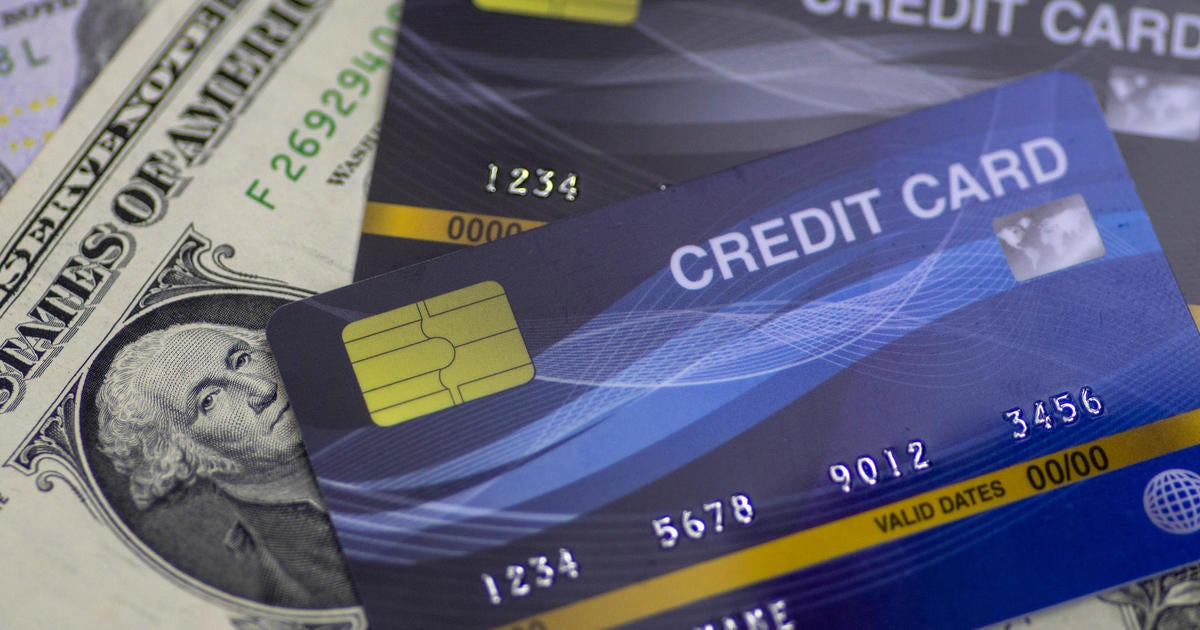Understanding Credit Card Minimum Payments: How They’re Determined and Why It Matters
When managing credit card debt, one of the most important aspects to understand is the minimum payment. It may seem like a simple number to meet each month, but how is it calculated, and what does it mean for your long-term financial health? The purpose of this article is to demystify how credit card minimum payments are determined, explore the factors influencing these calculations, and discuss how consumers can make informed decisions to avoid falling into debt traps.
What Is a Credit Card Minimum Payment?
A credit card minimum payment is the smallest amount you are required to pay each month to keep your account in good standing. Typically, it ensures that you will not incur late fees or penalties for missing a payment. However, paying only the minimum often means you are not reducing the principal balance of your debt significantly, leading to higher interest costs and extended repayment periods.
It is important to note that credit card issuers may calculate minimum payments in different ways, and the specific formula used will depend on the terms of your card agreement. Still, all issuers aim to strike a balance between ensuring timely repayment and maximizing the profitability of the loan through interest charges.
How Are Credit Card Minimum Payments Calculated?
The method for calculating minimum payments varies slightly among credit card issuers, but there are a few common approaches. Below are the key components that influence how the minimum payment is determined:
- Percentage of the Balance: One common approach is to calculate the minimum payment as a percentage of your outstanding balance. This percentage can range from 1% to 3%, with many cards landing around 2%.
- Interest Charges: Some credit card issuers include the amount of interest you owe in the minimum payment. This ensures that you’re at least covering the interest on the debt each month.
- Fixed Dollar Amount: In some cases, the minimum payment may be a fixed dollar amount, often ranging from $25 to $50, or the sum of the interest charges plus a small portion of the principal balance. The higher your balance, the higher your minimum payment will be.
- Additional Fees: Any applicable fees, such as late fees or over-limit charges, can also increase your minimum payment for that particular month.
For example, if you owe $1,000 on a card that requires a minimum payment of 2% of the balance, your minimum payment would be $20. If your balance is primarily made up of interest, the payment may be slightly higher to ensure that you’re addressing the accruing interest.
Factors Affecting the Minimum Payment
Several factors can influence the minimum payment on your credit card. While the calculation method remains consistent, other variables may lead to adjustments in the amount you owe each month.
- Card Issuer’s Terms: As mentioned earlier, each card issuer sets its own rules for minimum payments. Some may calculate the payment based on the balance alone, while others include interest charges, fees, or both.
- Balance Size: The larger your outstanding balance, the higher your minimum payment is likely to be. This ensures that you are making reasonable progress in paying down your debt.
- Interest Rates: The annual percentage rate (APR) associated with your credit card significantly impacts the interest charges you accrue each month. If your APR is high, your minimum payment will include a larger portion of interest, leaving less room to pay down the principal.
- Recent Changes in Your Account: Changes such as overspending or late fees can cause the minimum payment to increase. These changes are typically reflected in the next statement cycle.
Why Does the Minimum Payment Matter?
At first glance, meeting the minimum payment might seem sufficient. However, this strategy can result in substantial costs over time, especially when the balance is high or interest rates are steep. Here are some reasons why the minimum payment is important:
- Avoiding Late Fees: Making the minimum payment ensures that you avoid late fees, which can add up quickly and make your debt more difficult to manage.
- Preventing Damage to Your Credit Score: Consistently making the minimum payment on time helps maintain your credit score, as late payments can have a significant negative impact.
- Interest Accrual: Although making the minimum payment keeps you in good standing, it does little to reduce the principal balance. This means that you will continue to accrue interest on your outstanding debt.
In most cases, the minimum payment is calculated in a way that allows the credit card issuer to maximize their profits through interest charges. As a result, making only the minimum payment can prolong the time it takes to pay off your debt and increase the total amount you owe due to interest.
The Long-Term Impact of Making Minimum Payments
One of the most important considerations when making minimum payments is the long-term effect on your financial health. If you are consistently paying only the minimum required, it can take years to pay off your debt, especially if your credit card carries a high interest rate.
For example, if you owe $5,000 with an interest rate of 18% APR and you make only the minimum payment of 2% per month, it could take over 20 years to pay off the balance and cost you thousands of dollars in interest.
Alternatives to Paying Only the Minimum
While making the minimum payment is often seen as the easiest option, there are several strategies that can help you pay down your debt faster and reduce the total interest paid:
- Pay More Than the Minimum: The simplest way to reduce the impact of your credit card debt is to pay more than the minimum each month. Even an extra $50 or $100 can make a significant difference in how long it takes to pay off your balance.
- Transfer Balances: Many credit cards offer balance transfer options that allow you to move debt from a high-interest card to one with a lower rate, sometimes even 0%. This can help you pay off your debt more quickly.
- Debt Consolidation: Consolidating multiple credit card balances into a single loan with a lower interest rate can help reduce monthly payments and make debt repayment more manageable.
- Seek Professional Help: If you’re struggling with credit card debt, seeking help from a financial advisor or credit counselor can provide you with personalized advice on how to manage your payments and avoid overwhelming debt.
Conclusion: Making Informed Financial Decisions
Understanding how credit card minimum payments are calculated is a crucial step in managing your finances and avoiding long-term debt problems. While paying only the minimum may seem like a convenient way to handle your credit card bill, it can lead to a cycle of debt that is difficult to escape. By knowing the factors that influence your minimum payment and exploring alternative payment strategies, you can take control of your financial situation and work toward achieving financial freedom.
For more information on effective debt management strategies, you can check out resources available from reputable financial institutions like Consumer Financial Protection Bureau.
If you’re ready to take the next step toward reducing your credit card debt, consider speaking with a certified financial planner or exploring educational resources offered by National Foundation for Credit Counseling (NFCC).
See more CNBC Network



